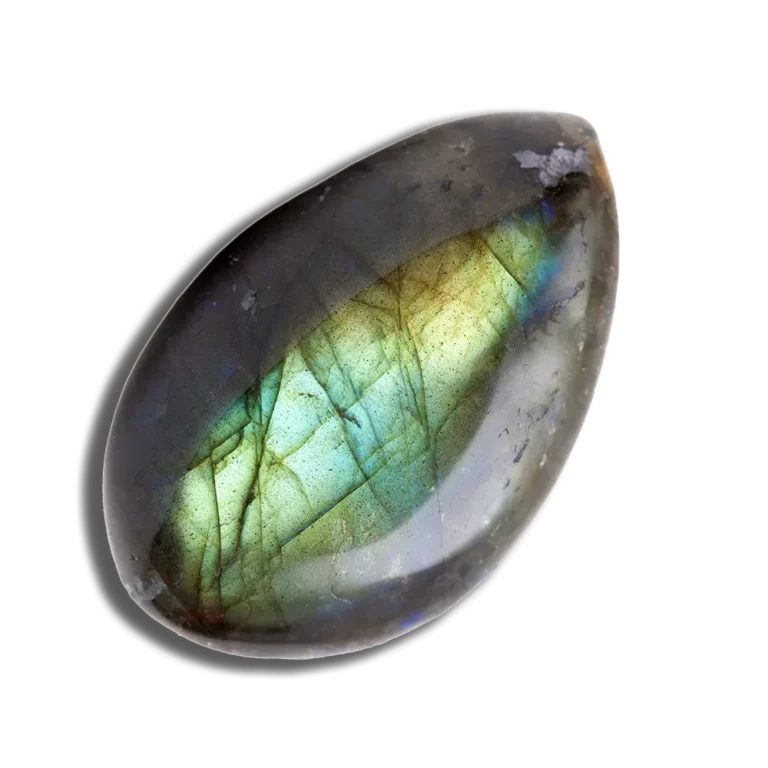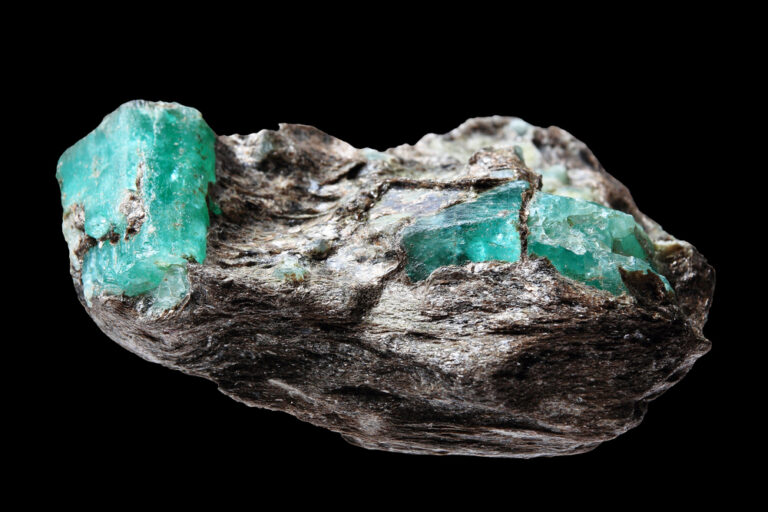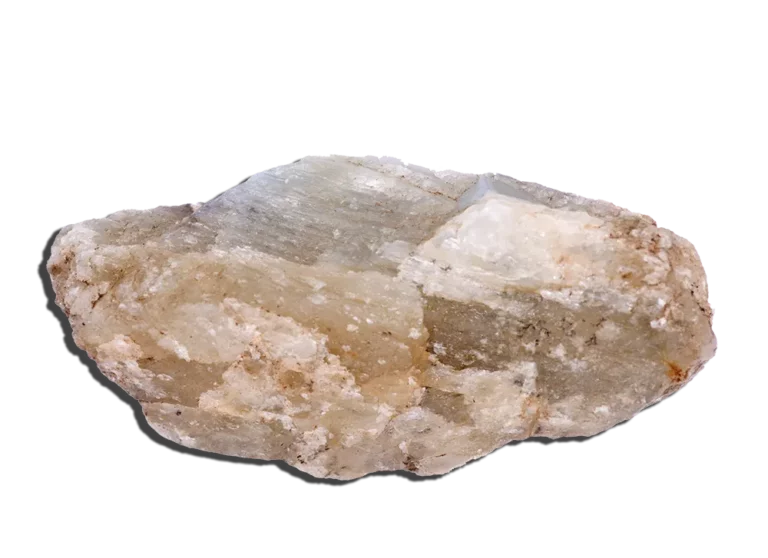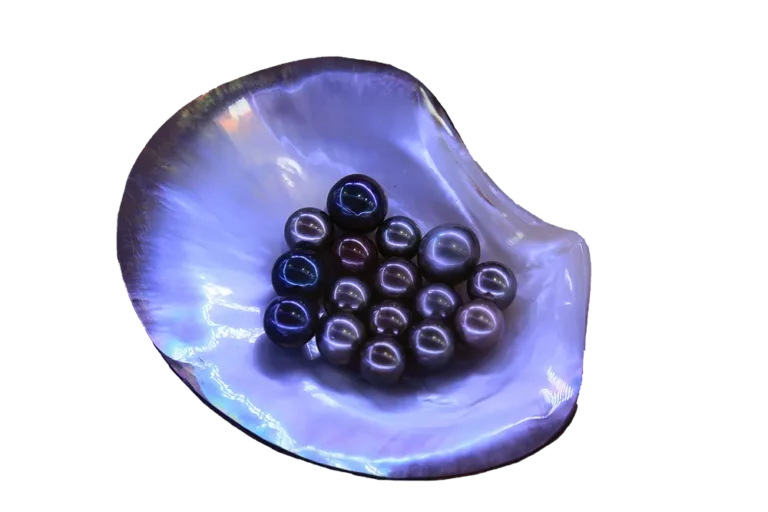Prase Stone: Properties, Benefits & Meanings

Prase Stone Overview
Prase Stone is a green-colored variety of quartz. It encompasses many stones and crystals and is associated with the heart chakra. Its name comes from the Greek word “prassos,” which means “green.”
Prase is a potent stone. For thousands of years, people have used it to aid them in achieving a more focused state of mind and accomplishing great things.
This article will contain details about the meaning, uses, and properties of Prase Stone.
What Is The Prase Stone?
Prase is a term that originally referred to green quartz, but over time it came to be used for other shades of the material as well.
Since then, the word has evolved to mean any microcrystalline variety of quartz, including Chalcedony and Jasper. It refers to green-colored types of macrocrystalline quartz structures as well now. This means that the word “Prase” encompasses any leek-green-colored quartz.
Prase is often used as an adjective in conjunction with another term, such as “prase-colored” or “prase-tinted.”
Where Can You Find A Prase Stone?
According to Mindat, the Prase stone can be found at the following locations:

Prase Appearance
Prase is transparent to a translucent variety of Chalcedony that has a green color. It’s usually colored by chlorite inclusions, which gives it its distinctive color.
It has a vitreous luster, giving it a glass-like shine.
Prase Physical Properties
The Prase stone is a seven on the Mohs hardness scale and shows no cleavage. However, it presents a conchoidal break, which breaks in a curved pattern like the shell of a clam.
Another unique property of a Prase stone is its trigonal crystal system. This means the mineral has three axes, which are all 90 degrees from one another. It is brittle and inflexible, meaning it’s relatively easy to break but difficult to scratch.
| Mineral Group | Quartz |
| Formula | SiO2 |
| Chemical name | Silicon dioxide |
| Color | Luke Green |
| Hardness (Mohs scale) | 7 |
| Refractive Index | 1.544 – 1.553 |
| Fracture | Conchoidal |
| Specific Gravity | 2.64 to 2.69 |
| Crystal System | Trigonal |

How To Tell If A Prase Stone Is Real?
There are many ways to judge the quality of a Prase gemstone. We’ll review some of the most common techniques to ensure you’re getting your money’s worth.
1) Scratch Test
You determine whether or not your Prase is genuine with a simple scratch test.
Scratch the stone with a knife or nail; it is natural if there are no scratches. Most fakes use glass or plastic instead of gemstones, which will scratch easily.
2) Color Gradation
The color of a Prase changes gradually in natural stones, whereas artificially made ones have no variations in hue. Genuine gemstones have varying colors and tones, which is difficult to duplicate when making a faux version.
3) Acetone Test
An acetone test is a relatively simple test you can perform to ascertain whether your gem is real or fake. Acetone will dissolve the coating on a faux gemstone but not on a natural one.
To perform an acetone test, saturate your gem in acetone (nail polish remover works well) for 15 minutes, then wipe it clean with a paper towel. A genuine stone will not have any of the color removed, whereas a fake one will show discoloration after this test.
4) Translucency
You can tell if a piece of Prase is natural by looking for translucency in its colors. If the material you’re examining exhibits this quality, it’s most likely authentic.
Natural quartz gems are translucent and allow some light to pass through them. This is apparent when you hold your gem up to a light source: if you can see the other side, it’s natural; if not, it was made in a factory.

Prase Stone Value
Prase has many types, which makes it hard to give it a concrete value. However, the basic rule of the four C’s applies to help identify the value of any specimen:
- Color: An uninterrupted pattern adds tremendous value to any piece. The depth of color and variation also makes it more valuable. It is important to note that many stones are treated in various ways to enhance their color.
- Cut: Cut is the most significant proponent of value in non-colored stones. However, in colored stones like Prase, the primary factor is actually the color and pattern instead.
- Prase is typically cut in cabochons or as beads but can also be faceted. Depending on the complexity of the cut, the value varies. More complex cuts that reflect light better in the faceted versions of Prase are worth more. The cabochon shape is preferred because it shows the best color and fineness.
- Clarity: As with most gemstones, the more transparent a piece is, its value will be higher. It would be best if you always looked for clear or almost transparent pieces with minimal cloudiness or internal flaws.
- Some stones, such as Dendritic Agate, are worth more when they are more cloudy as the cloudiness is a part of their pattern.
- Carat: The larger a piece of prase is in carat weight (without being overly large), the more valuable it will be. However, this only applies when looking at similar qualities of clarity and color.
Prase Stone Chakra Connection
Prase is a green stone, and the color green represents the Heart Chakra. The Heart Chakra, also called Anahata, is located in the center of the chest.
The heart chakra regulates our feelings, intuition, and emotional reactions. It is associated with balance, calmness, and serenity.
Prase Meaning And Uses
- Prase is a stone that helps to balance your emotions. It is also said to help you express your feelings and maintain a positive attitude.
- It’s an excellent stone for healing emotional wounds, especially those caused by betrayal. Prase can help you connect with the Earth’s energy, making you feel more grounded and balanced in your life.
- It fosters a sense of calm even in chaotic situations, improving your decision-making ability. People who have trouble making decisions or overthink things may benefit from this stone. Moreover, it’s also a good choice for overly sensitive people and those easily upset by criticism.
- Prase is also said to help you overcome feelings of loneliness and isolation. Because of this, it can be beneficial during times of grief or loss.
- This stone helps you through the grieving process by allowing you to feel more connected with your loved ones who have passed on.
- Prase forms a bubble of serenity around you, protecting you from evils and bringing peace to the household.
- Prase is a stone of the heart. It promotes compassion and understanding, as well as love for yourself and others.
- Prase is also an excellent stone for those who have suffered from heartbreak or abandonment issues. It helps you to open up to other people, letting them into your life in a way that makes them feel welcome.
- Prase stone removes negative emotions from the air, bringing freshness and clarity to your surrounding.
- It is excellent for clearing up any misunderstandings and bringing harmony to your relationships. It also helps you to be more honest and open with yourself and others.
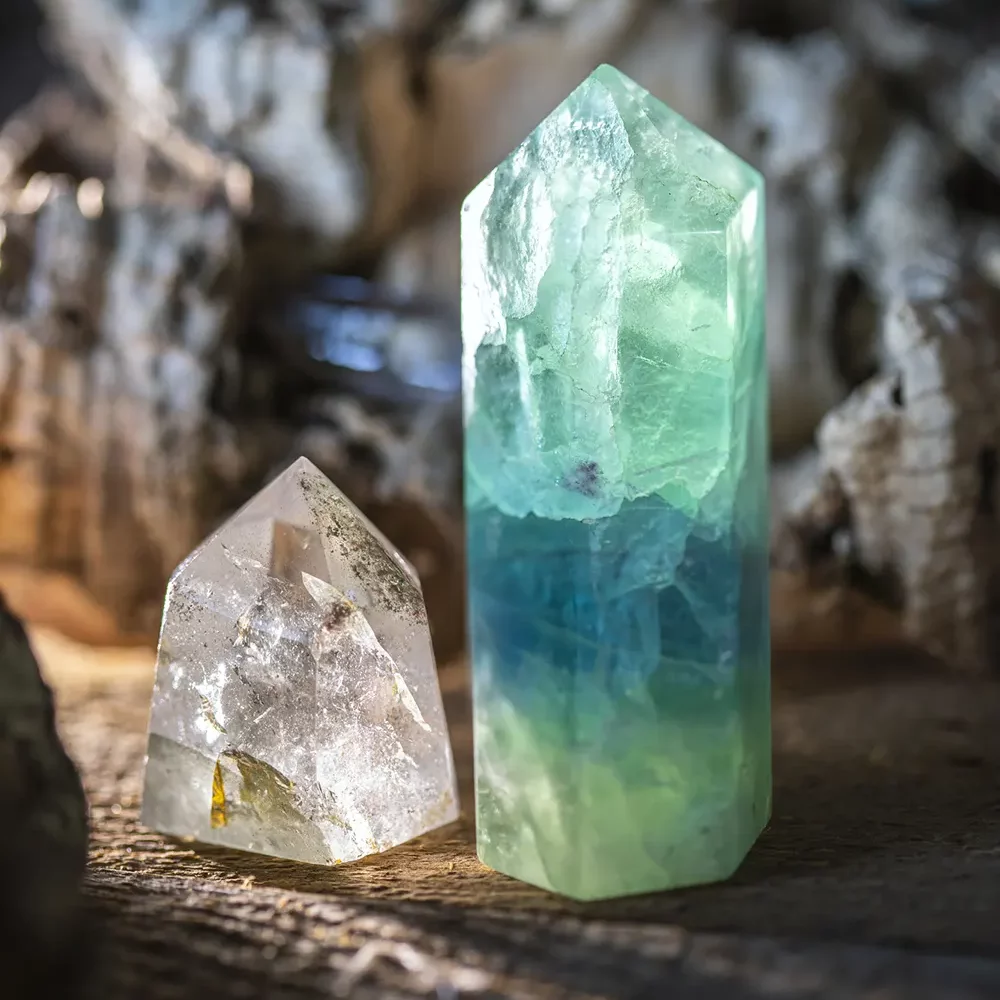
How To Clean Prase Jewelry?
Cleaning prase jewelry is critical, as you must ensure that your stone is clean and free from any dirt or dust that might have accumulated during its use.
- To begin cleaning, soak the Prase stone in lukewarm water for 5 minutes to 1 hour if needed. This will loosen any dirt/dust stuck on its surface and make it easier to remove with soap later.
- After soaking the stone in water, transfer it into a bar of soap and rub it gently until all the visible dirt has been removed (this step may need to be repeated).
- Remove the stone from its bath of soap and rewash it with lukewarm water until no residue remains on its surface (you can repeat this step as necessary).
- Afterward, wipe down your prase jewelry using a soft microfiber cloth—do not use cotton cloths because they tend to leave behind lint.
- If any residual grime is left over after drying off in this fashion, try dipping a soft toothbrush lightly into some warm soapy water. Then, gently scrub away any stubborn stains before rinsing out well under rerunning tap water (repeat this process as necessary).
- Once finished cleaning up your stones with these methods, set them aside somewhere safe.
- Place them under direct moonlight overnight for about 8 hours each month to retain their full potency and strength.
FAQ
Which Gemstones Go Best With Prase?
Prase is a member of the Quartz family and goes well with most stones of the same structure. However, it is important to note that green and red stones generally don’t mix too well. This is because their properties clash and cause dissonance, which cancels their effects.
When pairing stones, you should space any colored stones with transparent or white stones.
Keeping that in mind, the best combinations for Prase are Prasiolite, Dendritic Agate, and Aventurine. It also goes well with Ametrine, Citrine, and Rose Quartz if you want a more spiritual connection.
When paired with other green stones like Jade and Malachite, you can expect to experience the same benefits as wearing Prase on its own but with a more intense effect.
What Are The Healing Properties Of Prase?
Prase is a stone that is said to have many healing properties. It is said to be good for the heart, kidneys, and reproductive organs.
Alternate Medicine Practitioners also use Prase to work with the nervous system and for headaches, insomnia, and depression. In addition, it has historically been used to help overcome addictions and cravings.
Is Prase Safe for daily use?
The Prase stone is considered very safe for humans. It is not radioactive or toxic; it doesn’t even have any fluorescence. If it is on the smaller side, it can be a choking hazard for babies and small children.
Are all green stones prase?
Prase refers only to stones having a specific shade of luke-green. Moreover, precious stones like green Sapphires and Emeralds are not considered Prase.
With all that being said, Prase is not a scientific term. So, it is used quite loosely and can refer to a variety of stones.
Is Prase the Same As Chrysoprase?
Prase is a darker variety of Chrysoprase. While chrysoprase is typically apple-green, Prase tends to be either leek-green or dark green.


